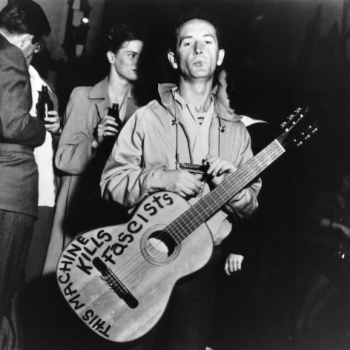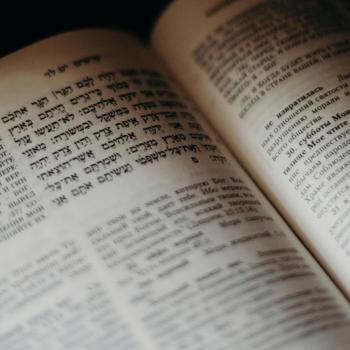There is nothing like watching sheer courage in action:
“I can remember the first time I realized something was wrong. I can remember the first time I was told I have dyslexia. I can remember being in first or second grade when my teacher… sat me down and put five magnetic letters on the board, and she said, “Piper, read this to me. What do these five letters say.” And I looked at it, I kept staring at it, and I said, “I’m not really sure what that says.” She said, “Okay, that’s okay, but that’s your name.” I remember this feeling like it happened this morning… my face went beet red. I was beyond embarrassed that at that very moment I couldn’t even read my own name.”
At one point in her TED talk Piper Otterbein talks about how much more time it takes for her to write something like a simple thank you card. She wrote a first draft on a sticky note, then revised it and wrote it again. She circled the words that looked like they might be wrong, then looked them up online. She then wrote the final version on the card in pencil, then wrote over it in ink. That will always be the process it takes for her to write just a few sentences.
As I watch my dyslexic son struggle to learn how to read, taking more time with sequencing or spelling, expending tons of effort on tasks most kids his age can complete without any effort at all, it’s good for me to be reminded of how much courage this takes. How much more strength and effort he has to summon every single day just to do things that have always been routine for me. It makes me want to give him a break, be patient with him on those occasions when he just doesn’t have it. It makes me really proud.
Unless you are watching it up close it can be hard to imagine just how much constant effort it takes. This is a short excerpt from a recent article in the Wall Street Journal that gives a quick snapshot of the challenge of dyslexia.
“Neuroimaging studies can even pinpoint what goes awry. [in the brain] Reading typically involves three distinct areas of the brain, all on the left side. The parieto-temporal region, just behind the ear, and the inferior frontal gyrus, at the front, slowly analyze words. The occipital-temporal area farther back recognizes the whole word instantly. Scientists think a word’s meaning, pronunciation and spelling are stored there too. Imaging studies show that the best readers have the most brain activity in the rear, instant-word-forming area when they read. Dyslexics have much less activity there and more in the two slower areas. “Think of the word ‘bat,’ ” says Dr. Shaywitz. “If you are dyslexic, you have to retrieve the B and the A and the T separately each time. It’s exhausting.”
I love hearing stories like the one’s Piper Otterbein shared in her TED talk. When someone is able to summon their courage and talk about their own vulnerabilities, it does something profound in the hearts of those who are lucky enough to witness it. I think she is right. 1350 SAT should not be her destiny. “What was important is that I found what I loved to do, and strengthened what I enjoyed.” Pretty good stuff. I’m dreaming of this kind of self-confidence and passion for every kid out there struggling with challenges of all shapes and kinds.












